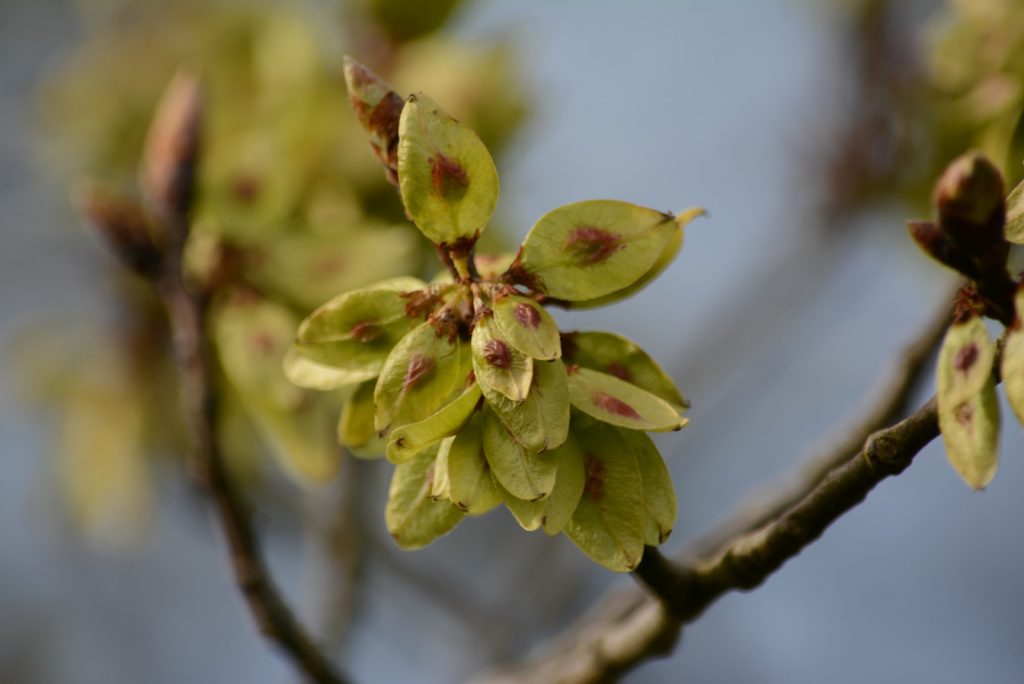Average spring temperatures across the UK have risen by approximately 1 °C over the last few decades according to data released by the Met Office, but gardeners are urged to take note that spring frosts can still pose a threat. Frosts feature in the forecast for Easter weekend in parts of the UK.
According to statistics the average temperature for meteorological spring (March, April and May) across the UK was 7.1 °C between 1961–1990, but between 2007–2016 this had risen to 8.1 °C.
| Average spring temperature | 1961–1990 average | 1981–2010 average | 2007–2016 average |
| UK | 7.1 °C | 7.7 °C | 8.1 °C |
| England | 7.8°C | 8.5°C | 8.9 °C |
| Wales | 7.3°C | 8.0°C | 8.3 °C |
| Scotland | 5.8°C | 6.3°C | 6.8 °C |
| Northern Ireland | 7.3°C | 7.9°C | 8.2 °C |
“Although the number of frost days in spring has fallen, it can still be an issue right through spring across most of the UK. We have seen relatively few widespread frosts so far this year, but this Easter weekend gardeners in rural areas, especially in northern Britain, caring for tender plants may encounter a ground frost.”
| Days of spring ground frost | 1961–1990 average | 1981–2010 average | 2007–2016 average |
| UK | 37 | 34 | 33 |
| England | 34 | 32 | 32 |
| Wales | 34 | 32 | 32 |
| Scotland | 42 | 39 | 34 |
| Northern Ireland | 35 | 30 | 33 |
“Until the last frost, however, gardeners watch the weather forecast closely, ready to dash out and cover vulnerable plants with newspaper or horticultural fleece if a night frost threatens.
“Garden centres anticipate record sales this Easter holiday and gardeners should be ready to act to protect their new plants for the next month.”
In a UK series stretching back to 1961, 1984 recorded the most spring frosts, with 47 frost days. 2014, with 23 frost days in spring, recorded the fewest.
The UK mean spring temperatures since 1910, reveal the three warmest springs have occurred in the last ten years: 2011, 2014 and 2007. In 2011, the average UK spring temperature was 9.2 °C. Of the top ten warmest springs since 1910, five have occurred since 2000.
Info and Images credit http://www.metoffice.gov.uk






